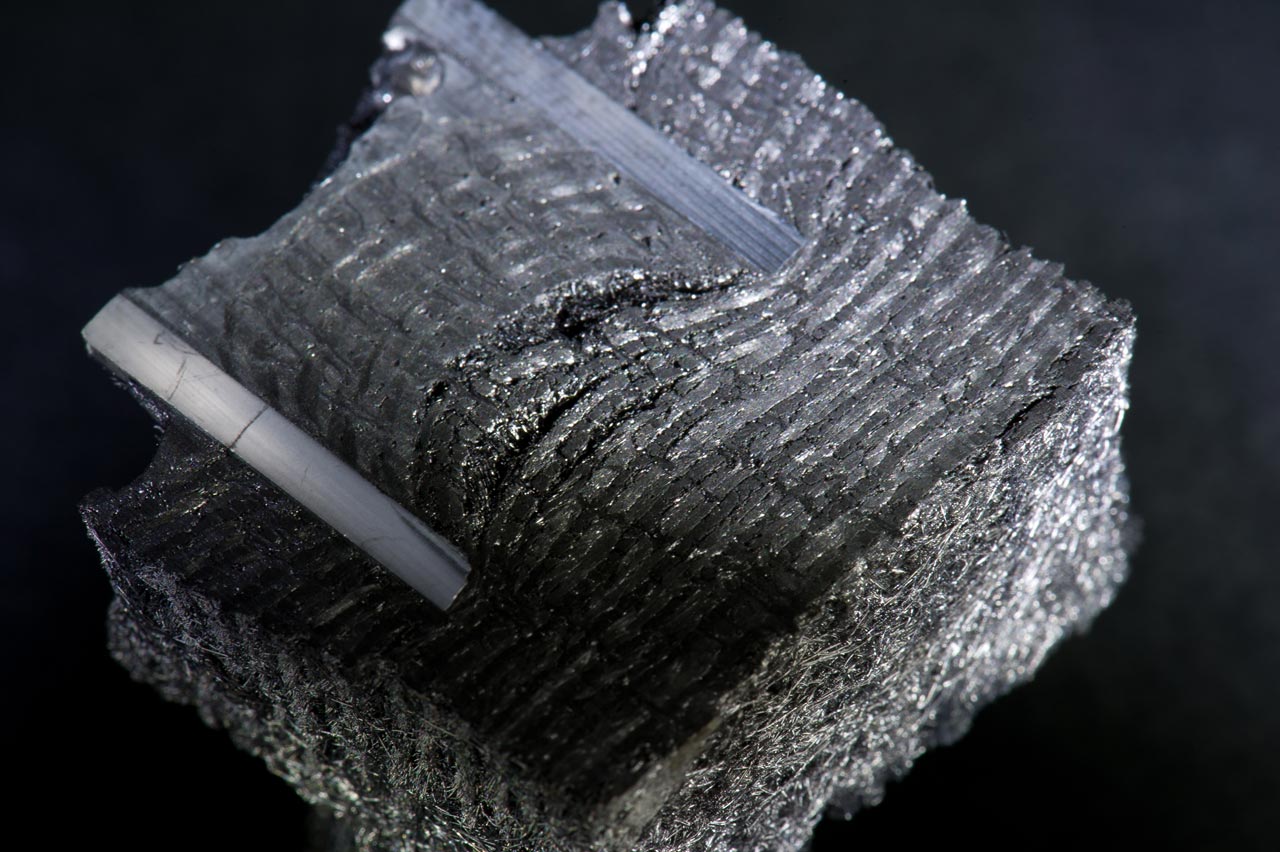Pyrocarbons (or pyrolytic carbons) are dense carbons similar to graphite, obtained principally by Chemical Vapor Deposition (CVD) from the pyrolysis of hydrocarbons in presence of a substrate. They constitute the matrices of carbon/carbon composites and the coatings of several devices (e.g. heart valves, electrodes, …)
CVD of pyrocarbons
The nanotexture of a pyrocarbon varies depending on the exact composition of the gas phase, which depends on its maturation degree (i.e. advancement of the cracking/reforming process). It is described by : density, coherence lengths along the graphene planes (La) and across them (Lc), defect density, optical anisotropy, …
A very important subgroup of pyrocarbons is formed by the Laminar Pyrocarbons, with high anisotropy.
The Rough Laminar (RL) or Columnar Laminar (CL) PyCs are the most dense ones (2.13 g/cm3) and have the largest coherence lengths La (6-7 nm) and Lc (4-5 nm). They are very anisotropic and display very few defects.
The Regenerative Laminar (ReL) or Highly Anisotropic Laminar (HAL) PyCs are as anisotropic as the RL, though much richer in local defects. Their density (2.09 g/cm3), La (4-5 nm) and Lc (2-4 nm), are somewhat lower than for LR.
The Smooth Laminar (SL) PyCs are less anisotropic. Their density is markedly lower (approx. 1.9 g/cm3) and the coherence lengths La (4-5 nm) and Lc (2-4 nm) too. The defect density is halfway between RL and ReL.
Contrary to RL and ReL, the SL PyCs are not graphitizable, i.e. they are not able to rearrange themselves into polycrystalline graphite upon heat treatment (approx. 2500°C). The thermal and mechanical properties are thus extremely different, though the material is “almost the same” !
Find here more information on pyrocarbon characterization.
Ce message est également disponible en : French






